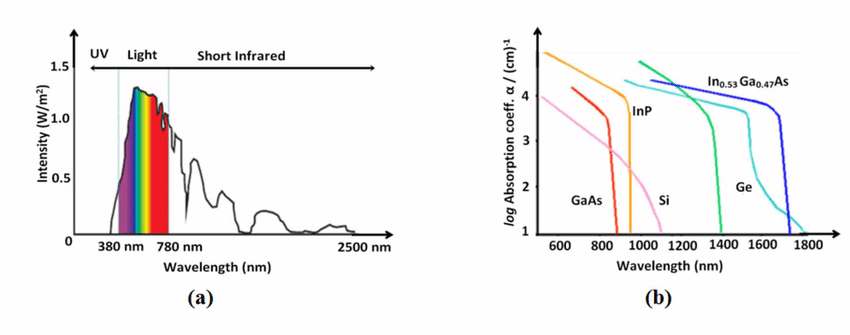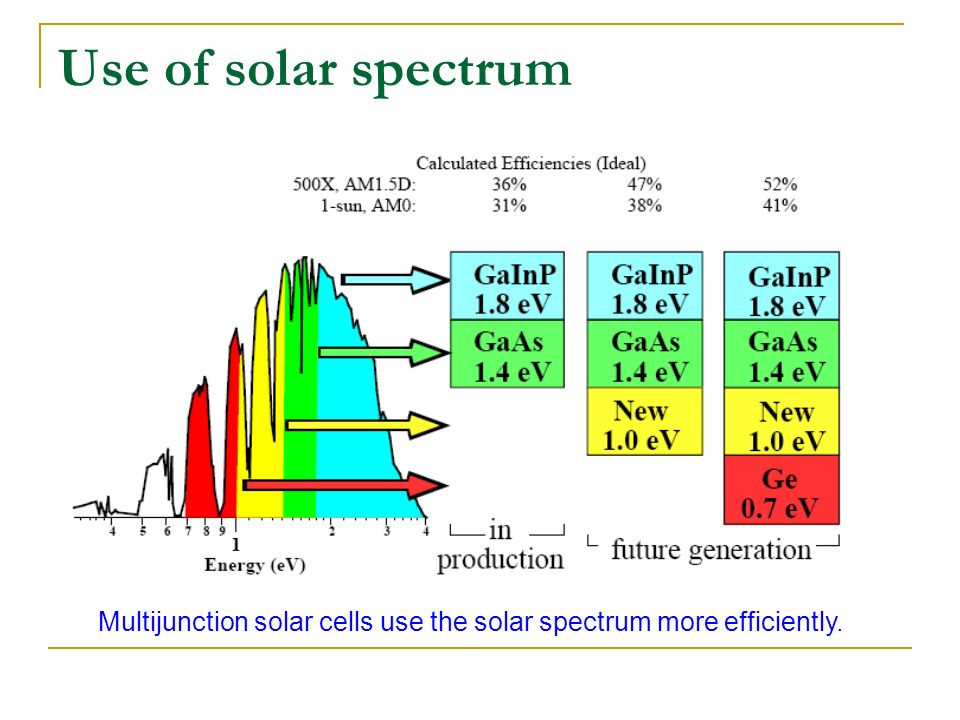Thin film solar panels are solar panels where the photovoltaec element is very thin. Silicon is very brittle so the slices are relatively thick, and you have to encapsulated it in heavy glass and aluminium. A thin film or thin Silicon layer would be more bendable and able to be encapsulated in much lighter and less energy intensive materials like a plastic laminate. Because this would be cheaper it makes no sense to me we are not being flooded with thin film options.
Thin film Silicon panels or sheets are for sale but they are mysteriously expensive. More than 1,7 $ Per Watt. You can get 12-22 Volt flexible panels for campers, but those are non standard, and also ~$1,1 Per Watt. Thin film Silicon is cheaper to make also because less Silicon is required. It is ideal for flat roofs, and companies making them should be multiplying like rabbits. Covering the desert with thin film is way easier than using heavy silicon panels. Both have a plastic layer that could yellow, and yes, glass is a great UV filter, but some thin film panels pass all durability tests.

Mixed Metal “Amorpheous” Panels
Silicon works well because of its unique properties. Light, consisting of photons, has to move electrons in the panel, and this only happens if the push those electrons need is of a specific size. This is the so called “band-gap”. For Silicon its in a range from yellow light to near UV. A lot of sunlight however is in infra red (heat), which you could design a different material for with a specific bandgap. It was found that mixing metals can shift the bandgap of the individual metals. For IR you can mix Gallium and Arsenicum. There are many mixes possible, using Indium, Gallium, Germanium, Lead.

If you want to utilize the full variety of photons reaching Earth from the Sun you need to have a combination of material mixes, not just Silicon. These kind of cells are called ‘multi junction’ cells. They where originally designed for space and concentrated solar power plants. It turns out to be quite difficult to make them (at least that’s what is being said), because of differences in thermal expansion and of course the challenges with extracting the electrons. Maybe industry or banks objected to the use of the materials for this purpose or the supply was not going to scale.
Organic Thin Film